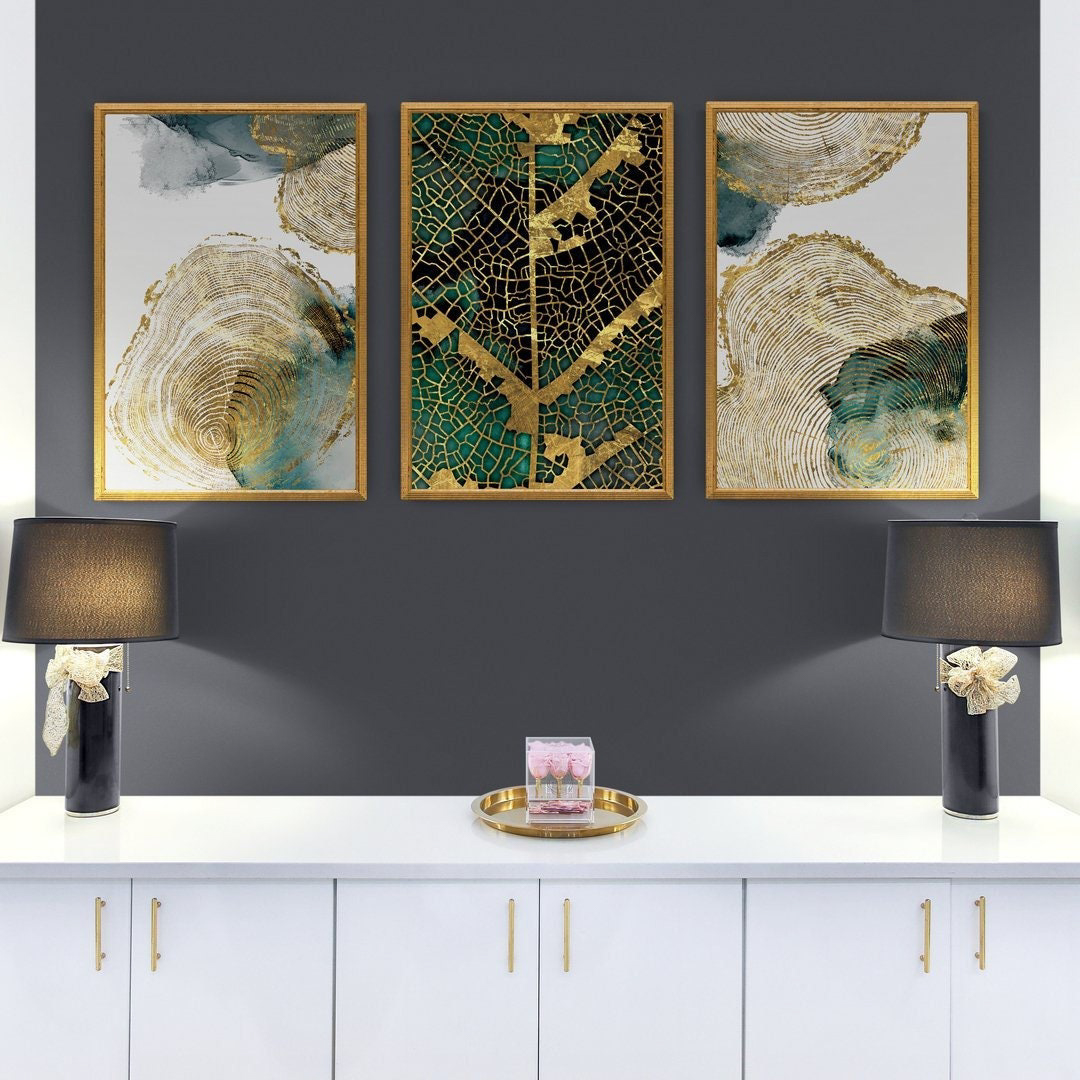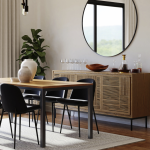
The Evolution of Lighting Technology
The 1950s was a period of great innovation, particularly in the field of lighting technology. Prior to this decade, most households relied on incandescent bulbs for their illumination needs. However, the 1950s saw the introduction of fluorescent lighting, which was not only more energy-efficient but also emitted a brighter and more consistent light. This marked the beginning of a new era in lighting technology, which would ultimately pave the way for LED lighting in the 21st century.
The Aesthetics of 1950s Lighting
The 1950s was also an era of distinctive aesthetics, which was reflected in the design of lighting fixtures. Many lamps were made with vibrant colors, such as turquoise and pink, and featured geometric shapes and patterns. There was also a prevalence of multi-arm chandeliers and pendant lights, which added glamour and sophistication to interior spaces. The popularity of mid-century modern design in recent years can be attributed in part to the enduring appeal of 1950s lighting aesthetics.
Popular Styles and Designs
One particular type of lighting that became popular in the 1950s was the sputnik chandelier. Named after the Soviet satellite that launched in 1957, this type of chandelier was characterized by its ornate construction and intricate branching arms, akin to the look of a satellite. Sputnik chandeliers became a symbol of the Atomic Age and were particularly popular in homes and public spaces during the late 1950s and early 1960s.
Another iconic 1950s lighting design was the Arc Lamp, which featured a curved arm extending from a heavy base. Often used as a floor lamp, the Arc Lamp allowed for more flexibility in lighting placement and provided a graceful and contemporary look to any space.
The Importance of Lighting in 1950s Culture
In addition to its aesthetic value, lighting during the 1950s played an important role in shaping culture and society. The rise of television and the film industry emphasized the importance of proper lighting for visual media. This led to an increased focus on lighting design in both the entertainment industry and in homes across America. Furthermore, lighting played a key role in enhancing the mood and atmosphere of popular pastimes, such as cocktail parties and social events.






